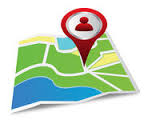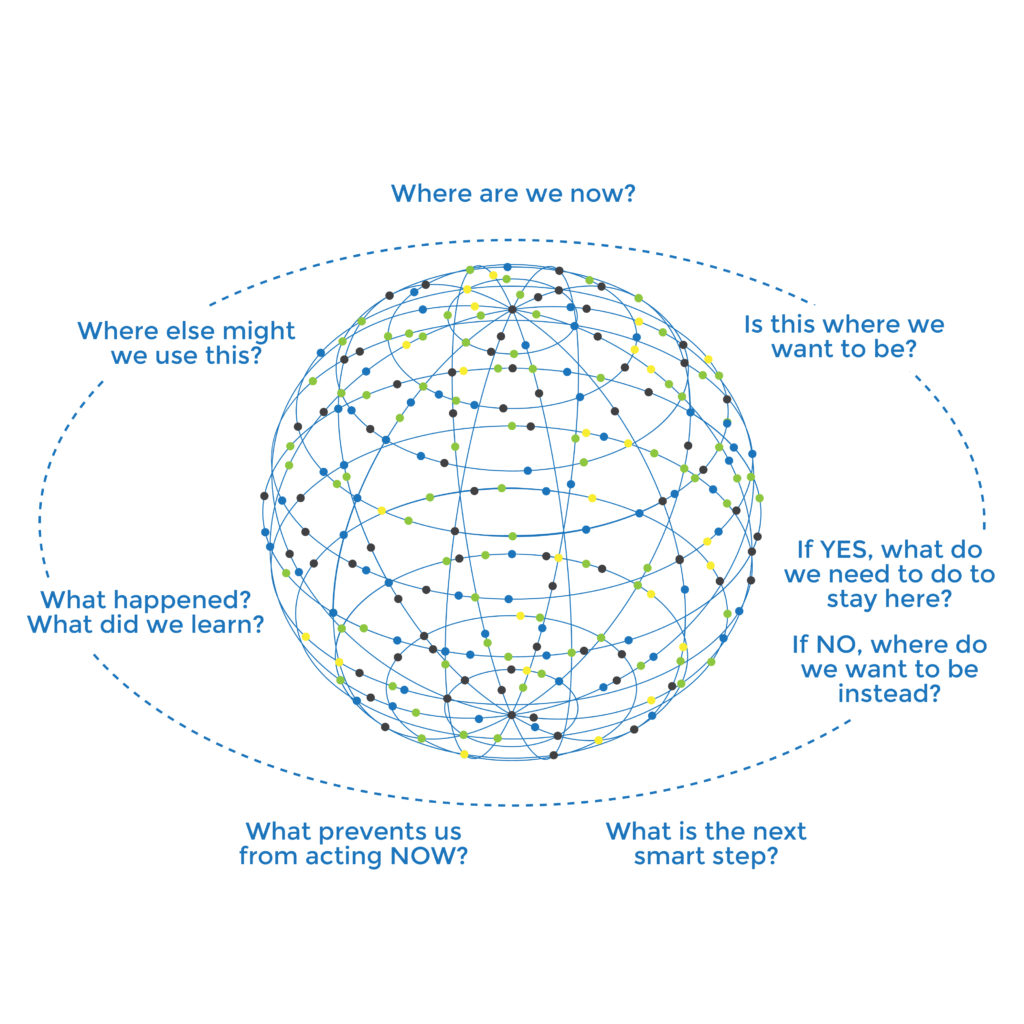In an earlier post, “Adapting Your Recruiting Process – It’s all about the View,” we suggested that system-wide patterns generated by an organization’s Ecosystem Dimensions offer a different view of a recruiting strategy. Deciding how to proceed in light of that new perspective can be perplexing.
 Navigating an organization’s existing procedures and processes is similar to opening a map, figuring out where you are and where you deciding where you want to go. We think that the most beneficial way to navigate is to pay attention to the journey as much as the destination.
Navigating an organization’s existing procedures and processes is similar to opening a map, figuring out where you are and where you deciding where you want to go. We think that the most beneficial way to navigate is to pay attention to the journey as much as the destination.
The Navigation Process is the central linking element between the Complexity Space™ Framework and existing organizational practices. Widely accepted and successful process methodologies serve an important function in helping teams and organizations move in a systematic and consistent way – they are responsible for the well-defined roadways on many organizational maps.
However, when the destination changes, an organization may need to reorient itself on the map. We designed the Complexity Space Framework’s Navigation Process (CSF-NP) as an adaptive process that introduces a less rigid set of sequential steps through seven stages of inquiry, assessment and action. Although the graphic of the CSF-NP invites a clockwise movement around the organization’s Complexity Space, there are an infinite number of possible locations or points to enter and then navigate the map. The primary goal of using the CSF Navigation Process is to more effectively surface pattern-based insights for pattern-based change across the organization.
What happens if we go off path?
Let’s circle back to your recruiting strategy. How are you currently identifying and surfacing the toughest challenges/issues in your organization’s recruiting, interviewing and hiring actions?
A “current state” process map of the recruiting function will show existing critical paths and linkages, the well-worn patterns of travel between internal and external networks used in your recruiting strategy. But what happens when you recognize that moving along the same pathway isn’t working? As an HR leader, how do you digress from the path without getting “lost in the woods?”
This is where the CSF-NP offers new insights due to its focus on patterns. Depending on the project and the organization, the most intuitive place to begin is Where you Are Now. Although we refer to the CSF Navigation Process as seven steps, they also can be described as seven locations or points on the map and with experience, you can start anywhere on the map.
The motivation to assess your HR Strategy could be forced by changing patterns in the competitive landscape or economic drivers of your business or the growing dissatisfaction of a business unit in filling open positions. Defining the reason for the journey helps establish the first step in the CSF Navigation Process.
Begin Where?
Wherever you enter the map, questions focus your navigation, reinforcing the importance of first orienting yourself to the location and then exploring how to proceed. In much the same spirit as to where should you begin, there is no one correct or obvious way to get where you are going. The answers generated by location prompts will lead to suggestions for both the next smart step or the need to revisit a previous location on the map. As you consider the graphic representation of the CSF-NP, where would you begin navigating your recruiting strategy?
 In future posts about the applications of the Complexity SpaceTM Framework, we will inevitably return to the CSF Navigation Process to help orient us to where we are and where we need to go.
In future posts about the applications of the Complexity SpaceTM Framework, we will inevitably return to the CSF Navigation Process to help orient us to where we are and where we need to go.
We hope you will share your stories, questions and even disagreements with our articles because that is the only way we can continue to make sure Complexity Works
